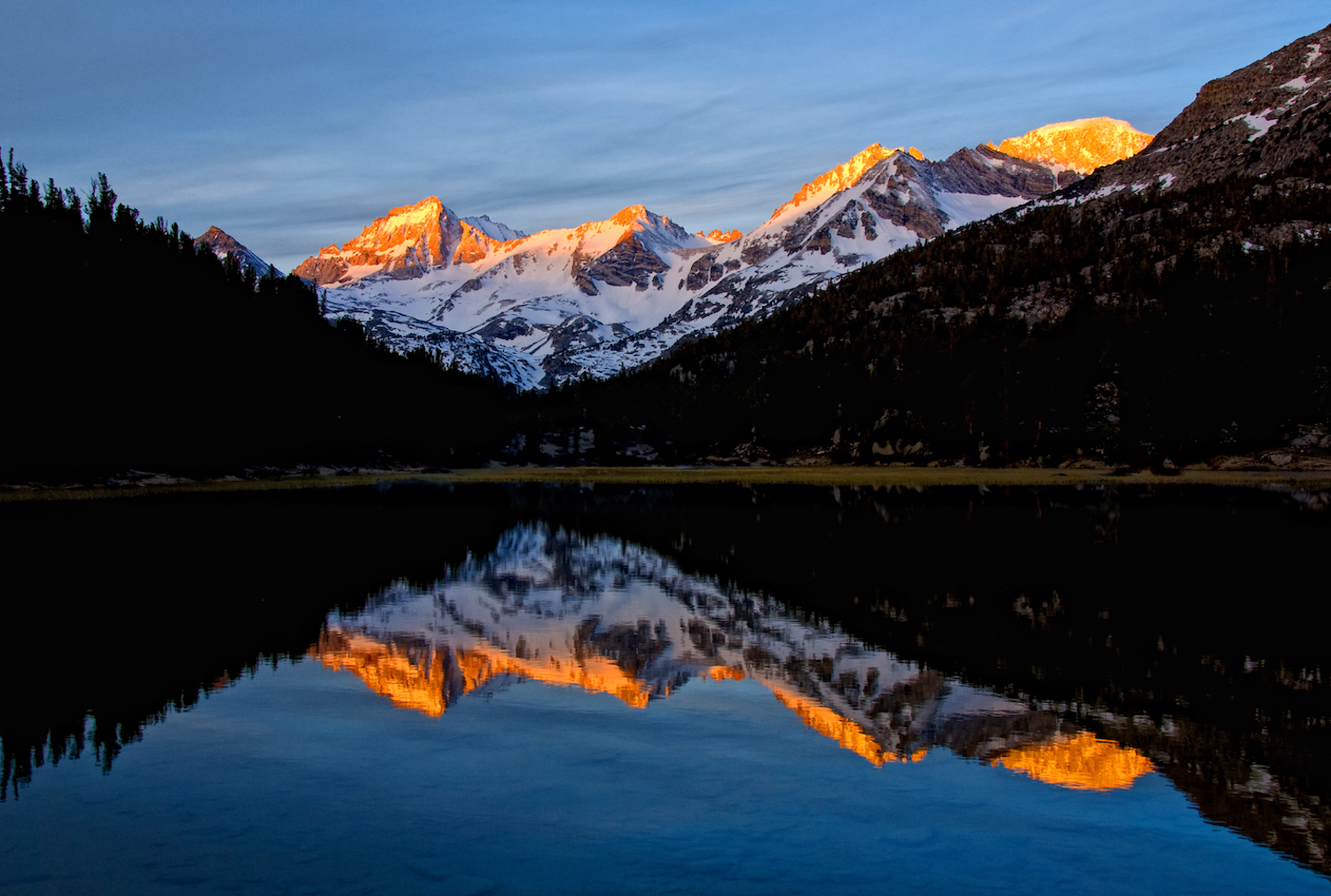It’s hard to beat the scenic grandeur of the Northern Sierra Mountain Range — and there will soon be a brand-new way to experience it: The Lost Sierra Route. For the first time, regular hikers will have access to some of the region’s undiscovered wilderness areas and pristine alpine lakes. Right now, 50 miles of trails are completed, and when the entire route is developed, it will stretch about 600 miles, passing through six counties and two states.
The Lost Sierra Trail will bring visitors into California and Nevada’s past by rolling along the historic Gold Rush-era mail-delivery routes that once connected several towns. Access to these towns is one of the main reasons why this route is special, says Trinity Stirling, the program director for the Connected Communities Project at the Sierra Buttes Trail Stewardship. “The big aspect that differs from other long-distance trails, like the PCT [Pacific Crest Trail], for example, is the trailhead access in 15 mountain towns, creating many options for how a user can experience the route.”
For such a remote and spectacular area, the flexibility for backpackers is unprecedented. A through-hike will be irresistible for some, but the towns provide convenient bases from which to launch day trips into the wild. Travelers can also hike it from town to town, easily finding accommodations and campgrounds along the way. It’s about “balancing ‘roughing it’ on the trail with enjoying the amenities while passing through these communities,” says Stirling.
These Are California’s 20 Best State Parks for Fall Camping
Ocean views for $55 a night, Yosemite for $10Though development started in earnest on the Lost Sierra Trail three years ago, the seeds of the project date back to 2018, when the idea was pitched at the Mountain Adventures Summit by Executive Director of Sierra Buttes Trail Stewardship, Greg Williams. “We had previously seen the positive impacts trails can have on a community in Downieville, where we had developed trails, a shuttle business and a bike shop and organized a very successful mountain bike race for nearly three decades. The goal was to replicate that success in other towns in the Lost Sierra region,” Stirling says.
Right now, about 50 miles in two sections are ready and waiting to be explored, connecting the town of Downieville at the North Fork of the Yuba River to Sierra City and then moving on to the hamlet of Graeagle, an hour west of Reno. The second completed section stretches from Quincy’s horse country to Taylorsville (population 150) in Plumas County. For those interested in a day trip or extended hiking adventure, Stirling recommends staying in the Lakes Basin Recreation Area, between Sierra City and Graeagle, which has campgrounds for tent and RV camping, many with vault toilets and picnic tables. Some sites can be reserved up to six months in advance, while some are drop-in only (find out more by calling 877-444-6777 or going online at www.Recreation.gov). This time of year — before the snow — provides perfect hiking weather, with crisp air, changing leaves and less crowded trails. But a note of caution: Fire danger is still a threat this time of year across the region. Stirling urges all visitors to be vigilant about campfires, ensuring all embers are out before leaving their campsites.
More good news: Another 10-mile section will open in 2024 and will wind from Mount Hough in Quincy to Taylorsville, allowing hikers to make the first town-to-town connection on a single-track trail. A large chunk of the route out of Truckee is shovel-ready and next in line to open; 527 miles are in the planning stages, with another 73 miles under environmental review.
Though it may be several years before the entire length of the Lost Sierra Trail is no longer, well, lost, it will be worth the wait. Once completed, the trail will allow hikers to peer over rocky cliffs and soak in panoramic views of valleys and rugged ridgelines. They’ll travel through deep forests canopied in old-growth firs and watch snowmelt trickling through several watersheds. As Stirling says: “Its location is in one the most remote and beautiful parts of northern California and western Nevada.”
This article was featured in the InsideHook SF newsletter. Sign up now for more from the Bay Area.
